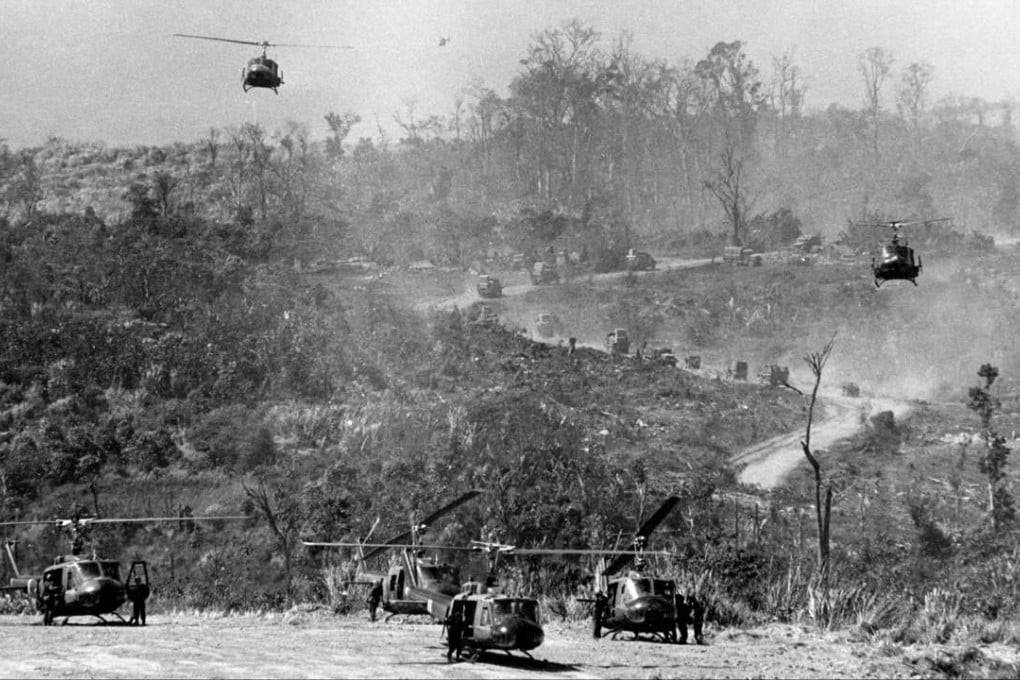Review | History of Laos’ secret war – and the way it transformed the CIA – reveals a sobering legacy
Joshua Kurlantzick’s engaging new history says the secret war in Southeast Asia was the beginning of the modern CIA – no longer merely an intelligence-gathering agency


by Joshua Kurlantzick
Simon & Schuster
America was never officially at war in Laos, but its bombing of the Southeast Asian country in the 1960s and 70s was so intense that it averaged one planeload of bombs dropping every eight minutes for a full decade.
In 1969 alone, the United States dropped more bombs on Laos than it did on Japan during the entire second world war. Few outside of Laos knew then, or even know now, that for years an American-backed war was raging.
The war in Laos was also instrumental in transforming the CIA from a primarily intelligence-gathering agency into a powerful paramilitary force. It was the “first such secret, CIA-run war in American history”, writes Joshua Kurlantzick, in his engaging new book, which looks at this little-known conflict and how it still resonates. “The shift begun in Laos essentially culminated in the years after September 2001, when the CIA focused intensely on paramilitary operations,” he writes.

Yet, from the early 60s, the CIA was busy training, equipping and supporting local hill tribes, chiefly the Hmong, who were in the vanguard of anti-communist fighting. The CIA helped train an army of tens of thousands, and supported it with weapons, food and intense bombing campaigns. It also planned many of the military operations.
